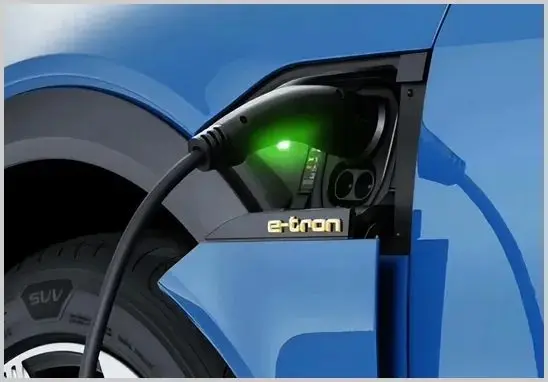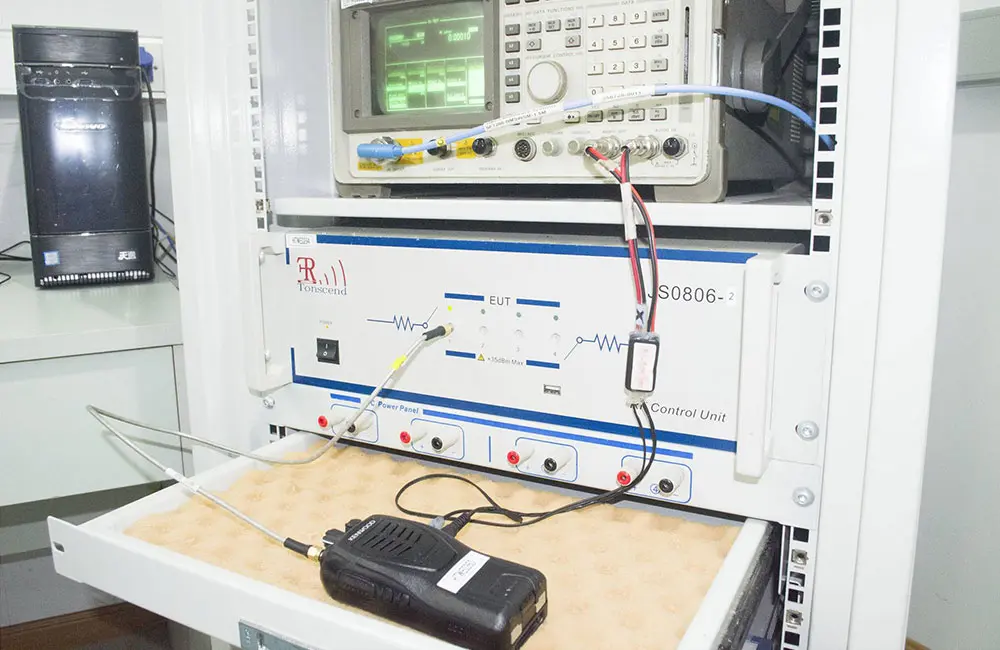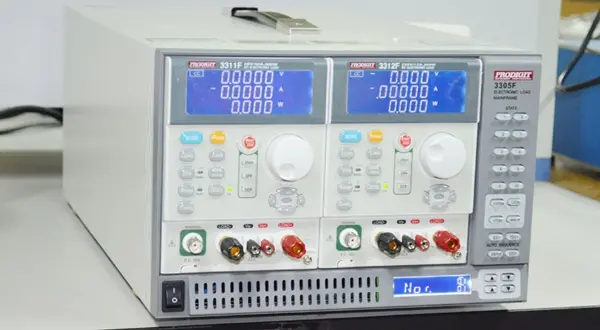
CSA Certification for Electric Vehicle Chargers
csa certification for Electric Vehicle Charging Connectors
Electronic and electrical products sold in the North American market must obtain safety certifications. The CSA certification mark is one of the most recognized product safety approval marks globally and is widely accepted and recognized, particULarly in the North American market. With a valid CSA product safety certification, entering the resilient and expansive North American market becomes significantly easier.

Currently, CSA and UL certifications are the most commonly used safety certifications. CSA and CUL are equivalent and interchangeable. CSA certification has a cost advantage compaRED to UL certification. For manufacturers of electric vehicle charging connectors, obtaining CSA certification can help your products quickly and effectively penetrate the U.S. and Canadian markets.
Standards for CSA Certification of Electric Vehicle Charging Connectors
CSA C22.2 No. 282 / ul 2251 - Electric Vehicle Plugs, Receptacles, and Couplers (Tri-national standard compliant with UL 2251 and NMX-J-678-ANCE-2017).
This standard covers electric vehicle plugs, sockets, vehicle inlets, connectors, and breakaway couplers rated for currents up to 800 amperes and AC or DC voltages up to 600 volts. These devices are designed for use with conductive electric vehicle supply equipment (EVSE) to facilitate conductive connections from EVSE to vehicles.
CSA Certification Testing Items for Electric Vehicle Charging Connectors
- Vehicle Driveover Test: Verifies durability under vehicle compression.
- Withdrawal Force Test: Measures the effort needed to disconnect.
- Grounding Path Current Test: Evaluates the grounding path's current capacity.
- Short Circuit Test: Assesses safety during short circuits.
- No-Load Endurance Test: Tests durability without a load.
- Endurance with Load Test: Evaluates durability under load.
- Overload Test: Ensures performance under overload conditions.
- Temperature Rise Test: Measures temperature increases during operation.
- Resistance to Arcing Test: Tests resistance to electrical arcing.
- Thermal Cycling: Simulates temperature fluctuation stress.
- Misalignment Test: Evaluates performance under misaligned connections.
Our Advantages
The JJR Laboratory in China is an authorized third-party CSA certification agency with the capability to conduct testing for CSA C22.2 No. 282 / UL 2251 for electric vehicle charging connectors. Our lab provides end-to-end CSA certification services with controllable timelines and cost advantages.
1. Professional Engineering Support:
- We assist in product unit division, structural evaluation, factory inspection guidance, and sample preparation for testing.
2. Comprehensive Pre-testing Services:
- We conduct thorough pre-testing according to standard requirements, ensuring your product passes certifications like CSA, UL, TUV, and CQC on the first attempt, avoiding costly retests.
3. Local Testing:
- Testing is conducted directly in our JJR laboratory in China without the need to ship products abroad, making the process entirely manageable.
4. On-site Observation:
- Companies can send technical personnel to our lab to witness the entire testing process, ensuring zero communication gaps and mutual learning.
5. Expert Team:
- Our experienced engineering team provides one-on-one service throughout the process, significantly improving certification efficiency and success rates.
Email:hello@jjrlab.com
Write your message here and send it to us
 What is the meaning of EMC?
What is the meaning of EMC?
 Why EMC Test Is Required?
Why EMC Test Is Required?
 What is the Difference Between EMI and EMC?
What is the Difference Between EMI and EMC?
 What is the difference between CE EMC and CE LVD?
What is the difference between CE EMC and CE LVD?
 What Is the EU WEEE for Electronic and Electrical
What Is the EU WEEE for Electronic and Electrical
 What Is the ASTM D4316-95(2016) Hot Water Bottle T
What Is the ASTM D4316-95(2016) Hot Water Bottle T
 Amazon Electric Massager UL1647 Test Report
Amazon Electric Massager UL1647 Test Report
 What Is IEC 60068-2-5:2018 Solar Radiation Test?
What Is IEC 60068-2-5:2018 Solar Radiation Test?
Leave us a message
24-hour online customer service at any time to respond, so that you worry!




